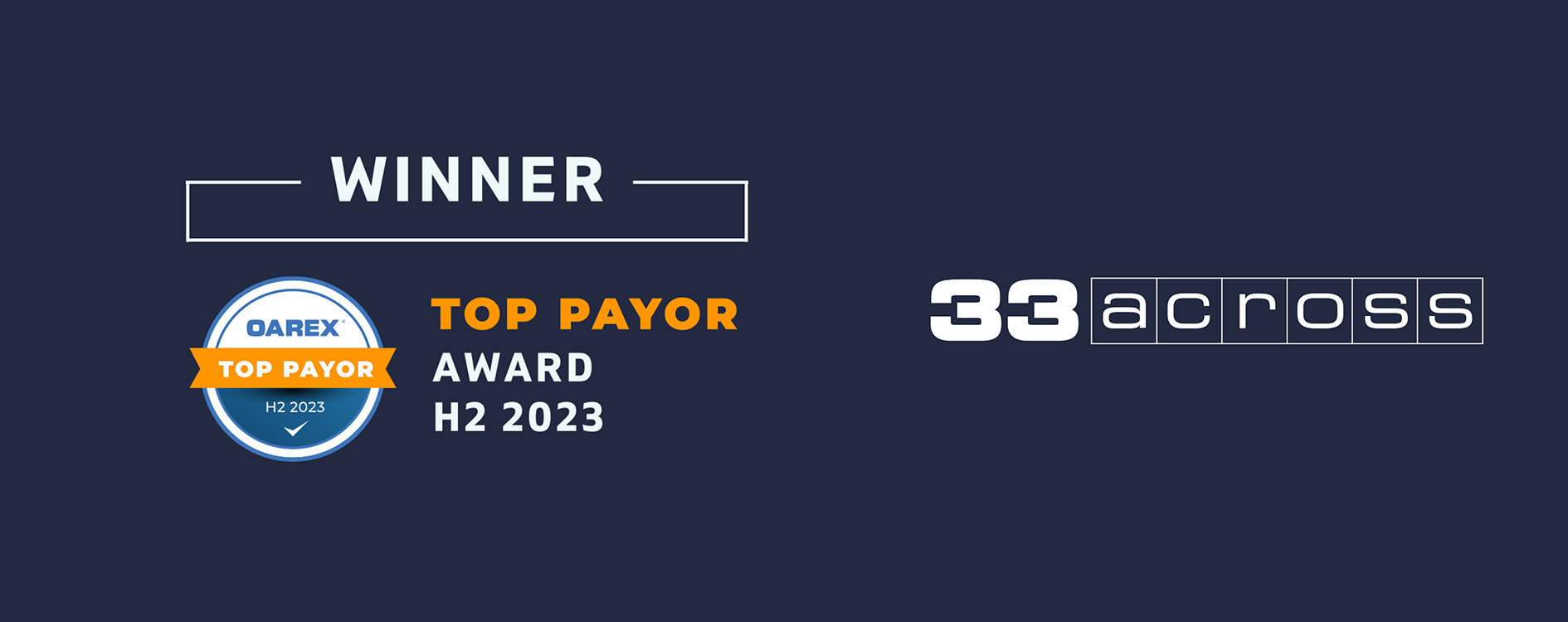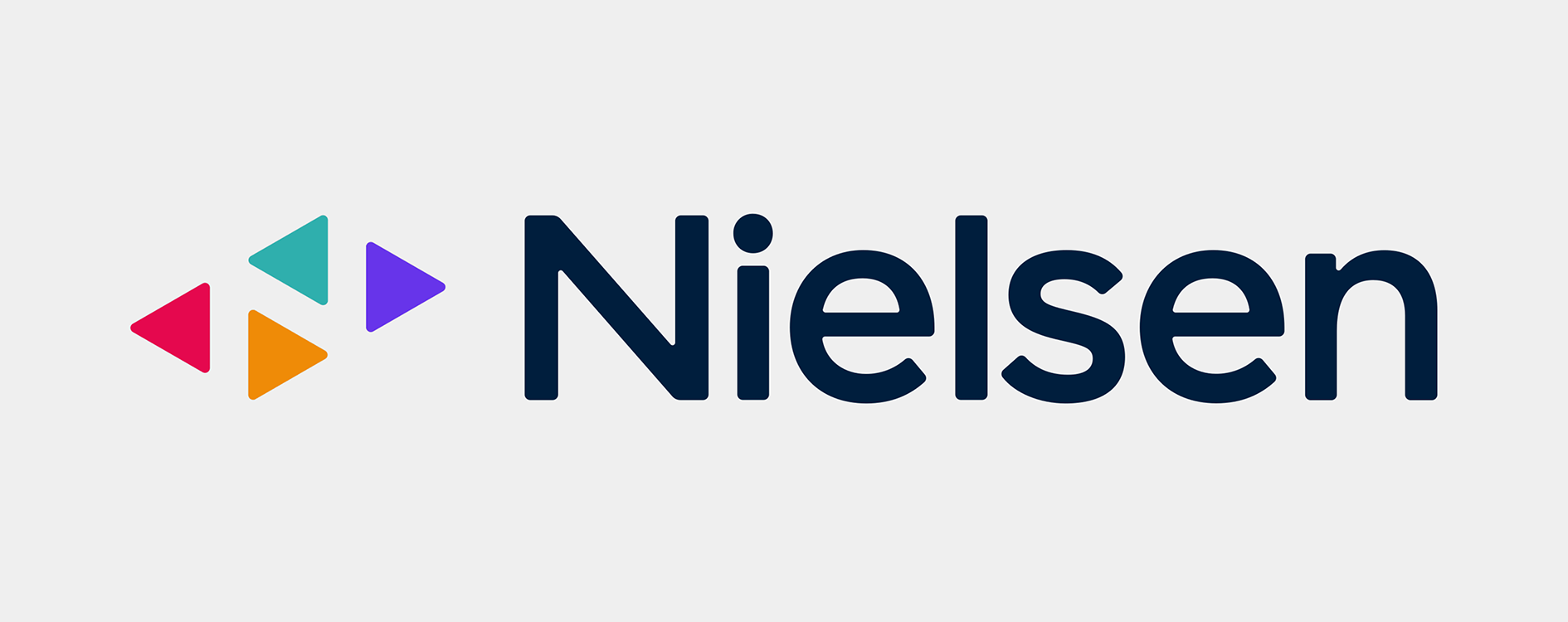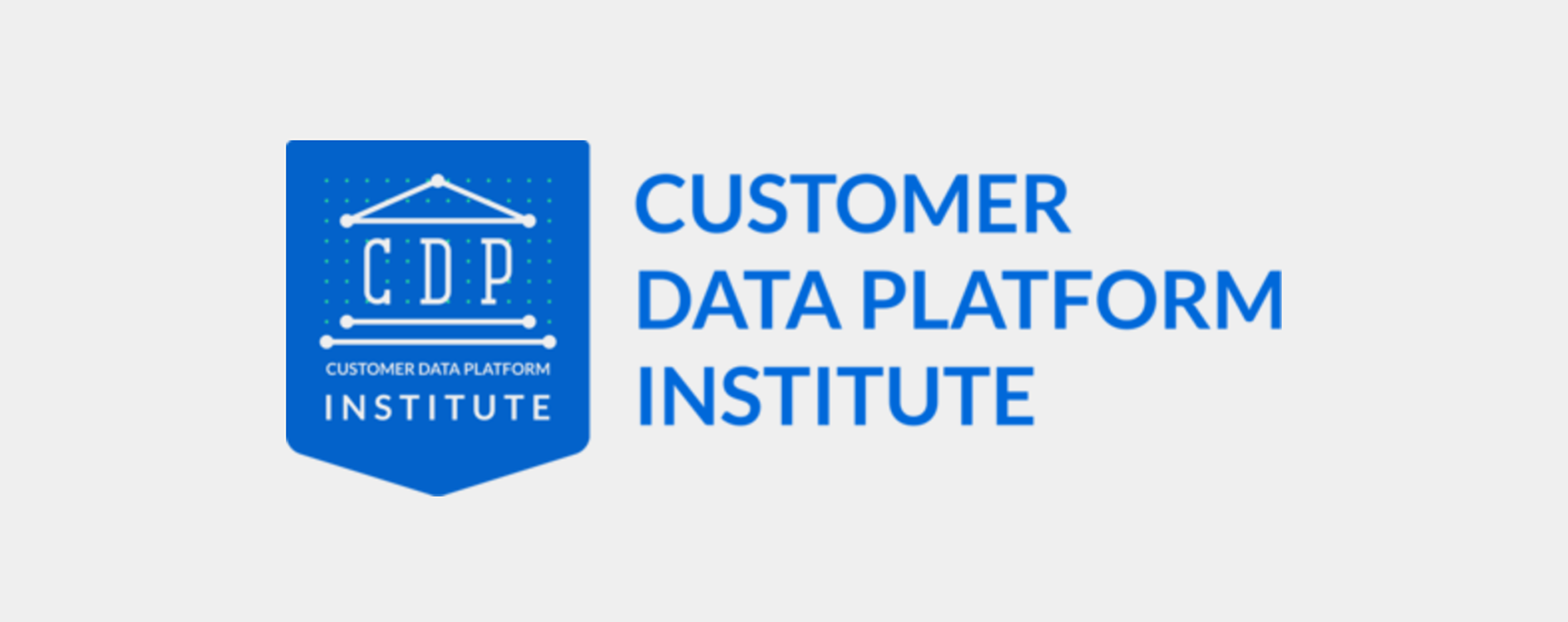
There was no shortage of brilliant examples of the convergence of advertising and technology at this year’s Cannes Lions festival, including innovative applications of AI and VR.
But more than 80% of digital advertising spend will be programmatic this year, according to eMarketer. So in that sense the divide between creative and technological innovation was still tremendous.
Most tellingly, P&G, where Mark Pritchard has assumed the role of soothsayer of programmatic ad quality, took home some of the festival’s most prestigious awards for a classic television-driven campaign.
While many continue to lament a scourge of “bad ads” in programmatic channels, how can brands and agencies make a significant creative investment in a medium where the gold standard for consumer attention is 50% of an ad in view for one second?
Furthermore, according to Marketing Week, only 9% of ads are even in view for that long. Despite the potential impact, addressing this fundamental deficit in quality attention was not the focus of enough conversations inside and outside of the Palais.
The Role of the Publisher
Publishers were eager to discuss emerging opportunities like OTT, but there was less engagement with more fundamental issues, such as the quality of today’s digital in-page ad environments. These issues include efforts to optimize formats, page layouts and ad loads to better strike a balance between user experience and ad impact. Premium publishers like The Economist have experimented with delivering a limited number of ad units per page and guaranteeing a minimum time-in-view on these placements.
There’s no reason we can’t begin to test these approaches programmatically. This wouldn’t require a new buying model, but would require advertisers to understand, measure, and optimize against the potential value of truly uncluttered and highly viewable ad placement.
The Role of the Advertiser
One significant challenge for publishers in reducing ad clutter has been extracting fair value for their inventory from advertisers. When challenged, agencies often cite unrealistic client expectations regarding the true cost of quality programmatic inventory.
Recently, innovative media buyers have been pushing for increased inventory and cost transparency and have begun more aggressively optimizing toward quality supply. These efforts should ultimately have a huge impact on ensuring media dollars are efficiently subsidizing the best possible ad environments.
Enabling Creativity at Scale
Traditional Interactive Advertising Bureau standard rectangles have been heavily maligned, perhaps rightly so. At the same time, initiatives like The Better Ads Coalition have begun to punish publishers for serving ads that are too disruptive for users. Today, most ad unit innovation has been happening within niche ad networks or directly via premium publishers.
Despite the potential performance boost, this level of fragmentation can reduce the scale of individual campaigns and drive up creative production cost and complexity. It’s time for advertisers and publishers to embrace ad formats that balance true programmatic scale, advertiser impact, and user experience.
While it’s obviously appropriate, and even beneficial, for advertisers and publishers to showcase and debate “the next big thing” at Cannes, programmatic desktop and mobile ad placements are here today and already well-positioned to reach every online consumer at the desired frequency.
We can’t ignore the potential of this canvas to deliver engaging and effective ad experiences. But unlocking this potential needs to begin with a commitment to investing in a world of fewer quality impressions across the ecosystem.








